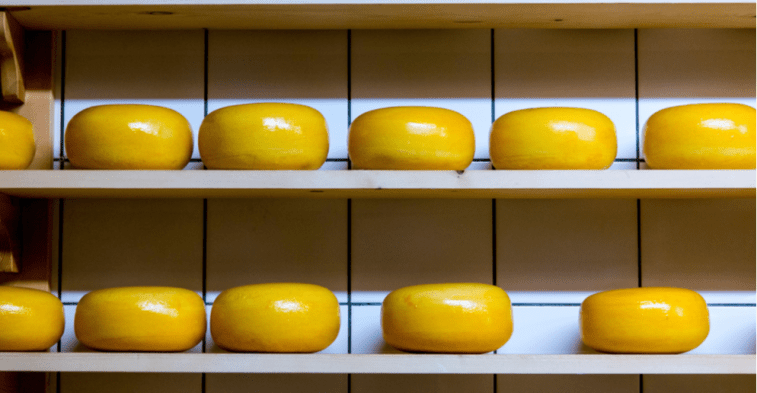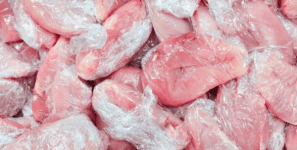EU Dairy Market Forecast: Cheese Prices to Rise Sharply, Butter and Fluid Milk to Keep Calm
IndexBox has just published a new report: ‘EU – Dairy Produce – Market Analysis, Forecast, Size, Trends and Insights‘. Here is a summary of the report’s key findings.
EU cheese prices are expected to rise with the boosting export demand, while fluid milk and butter prices will keep relatively stable. The EU dairy market is forecast to grow only moderately, having raw milk availability restrained by sustainability objectives. Despite that, the EU is to remain the largest dairy exporter worldwide.
Key Trends and Insights
This year, EU dairy prices are forecast to increase, driven by high demand against limited supply. The average cheese price will post the most noticeable gains, rising to $3.23 (+5.1% compared to the three-year average 2019-2021), while milk will be up to $0.346 per kg (only a +0.6% increase). By 2025, cheese could reach $3.30 per kg, and milk will cost $0.361 per kg. Butter price will remain stable near $2.2 per kg throughout the next five years.
According to the EU Agricultural Outlook 2021-31, in the next decade, the growth of EU milk production will slow down to +0.5% per year due to a decline in herds driven by sustainability objectives. In 2022, dairy cow milk production should increase by 1.4% compared to the three-year average 2019-2021 and total 156M tonnes; then, it should reach 158M tonnes by 2025. The number of dairy cows is expected to decrease from 20.0M heads in 2022 to 19.6M in 2025.
This year, cream production is projected to rise to 2.5M tonnes (+1.4% compared to the three-year average 2019-2021), while by 2025, it will reach 2.6M tonnes. Yoghurt and butter production will not see significant changes, remaining at 7.8M tonnes and 2.4M tonnes, respectively.
In 2022, cheese production will expand to 10.9M tonnes (+1.8%) and reach 11.1M tonnes by 2025. Thanks to the rising demand in Asia, foreign trade in cheese will see gains, while the domestic market will expand only moderately since cheese is a long-known product with established consumption patterns. The EU is expected to keep its position as the largest exporter of dairy products, outstepping New Zealand and the U.S. in shipment volumes. Currently, the largest European suppliers of dairy products are Germany (23%), the Netherlands (12%) and France (11%).
Dairy Produce Exports in the EU
In 2020, the amount of dairy produce exported in the EU declined to 19M tonnes, stabilizing from the previous year. In value terms, dairy exports amounted to $43.4B.
In 2020, Germany (4.6M tonnes), distantly followed by the Netherlands (2.3M tonnes), France (2.1M tonnes), Belgium (1.5M tonnes), Poland (1.3M tonnes), the Czech Republic (1.1M tonnes), Ireland (1M tonnes) and Austria (0.9M tonnes) were the largest exporters of dairy produce, together constituting 76% of total exports. Denmark (765K tonnes), Italy (540K tonnes), Latvia (407K tonnes), Spain (379K tonnes), and Luxembourg (366K tonnes) occupied a relatively small share of total volume.
In value terms, Germany ($8.7B), the Netherlands ($7.5B) and France ($5.7B) constituted the countries with the highest levels of exports in 2020, with a combined 50% share of total supplies. Italy, Ireland, Belgium, Denmark, Poland, Austria, Spain, the Czech Republic, Luxembourg and Latvia lagged somewhat behind, together accounting for a further 41%.
In 2020, the average dairy produce export price in the EU amounted to $2,238 per tonne, rising by 2.1% against the previous year. Prices varied noticeably by the country of origin; the country with the highest price was Italy, while Latvia was amongst the lowest. In 2020, the most notable rate of growth in terms of prices was attained by the Netherlands, while the other leaders experienced more modest paces of growth.
Source: IndexBox Platform





Leave a Reply